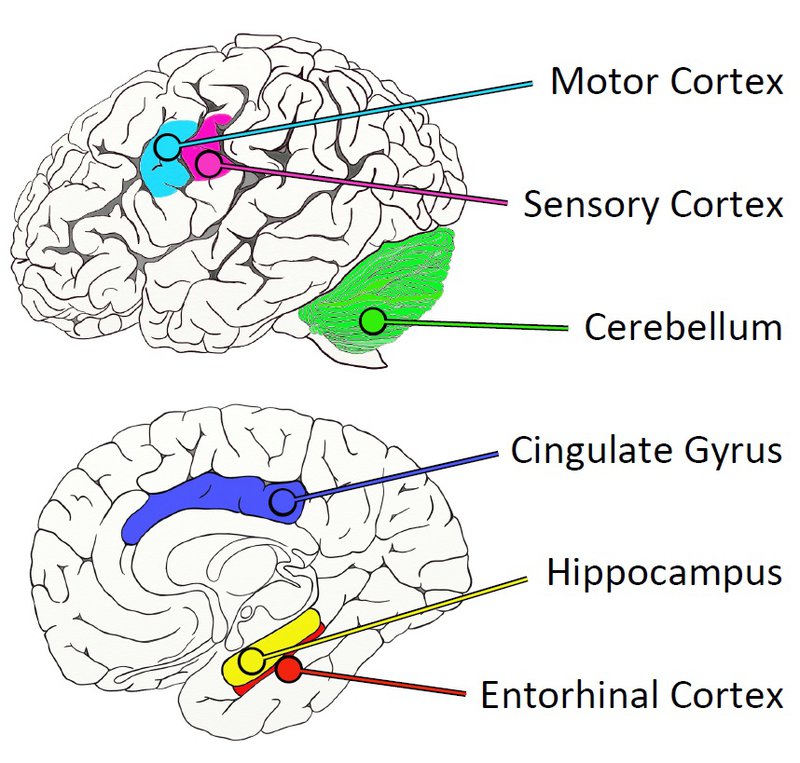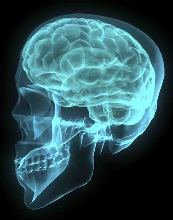The data was developed by a team of researchers led by Dr Richard Unwin at The University of Manchester as well as researchers from the Universities of Manchester, Bristol, Liverpool and Auckland.
Funded by Alzheimer’s Research UK, the paper ‘Regional protein expression in human Alzheimer’s brain correlates with disease severity’ recently published in Nature’s Communications Biology, demonstrates an important advance for scientists researching Alzheimer’s.
The analysis, mapping the relative levels of over 5,825 distinct proteins across six regions of the brain, generated a massive 24,024 data points. Dr Richard Unwin contacted Research IT to see if we could help manage the large amount of data and if we could to provide easy access to the data for researchers worldwide. A discussion with Robert Haines (Head of Research Software Engineering), identified that a searchable, web based application to hold the research output would be a good way to open up the data and make it accessible.
The data produced by the research team was in originally in spreadsheet form, and consisted of almost 6,000 rows (one per gene) each having 9 distinct pieces of information for up to 6 different parts of the brain. Phil split the data into a structure which could be accommodated in a simple database, resulting in nearly 28,500 separate rows, and each of these in turn having links to two image files with graphical representations of the data.
Once the data was organised, a database driven website was built which allows the user to search the genes using a simple text match to return the results, and from there the user can view all the data (along with links to the relevant images) for that gene across all brain regions studied.

Dr Unwin’s team showed many new pathways which had not previously been associated with AD, and that one region of the brain previously thought to be unaffected by the disease, the cerebellum, displayed a series of changes which they think might protect it from damage caused by Alzheimer’s.
Dr Unwin said: “This database provides a huge opportunity for dementia researchers around the world to progress and to follow-up new areas of biology and develop new treatments.
“It could also help validate observations seen in in animal or cell disease models in humans.
”It’s very exciting to be able to make these data public so scientists can access and use this vital information.”
”The support we received from Research IT really did make a huge difference to this project and enables us to share more data in a more user-friendly format that we’ve previously been able to.”.
Alzheimer’s disease arises in the hippocampus and spreads through pathways in the brain. But by looking at different parts of that pathway, the team were able to observe, for the first time, how Alzheimer’s progresses in more detail.
“We think that the changes we see in the regions affected later on-represent early disease changes, present before cells die,” he said
“These represent good new targets for drug developers, as we know it’s important to try to intervene early.”
Robert Haines said: ” This is a great example of the huge leaps forward that can result when researchers and Research Software Engineers collaborate.”
“Research is increasingly a team-based endeavour, with different people providing knowledge and skills to different parts of a complex and detailed process. I'm delighted that we have been able to help accelerate Dr. Unwin's research in such a way, and look forward to seeing the undoubtedly high impact it will have.“
If you are interested in having a Research Software Engineer work with you on your research please get in touch with us to discuss!

